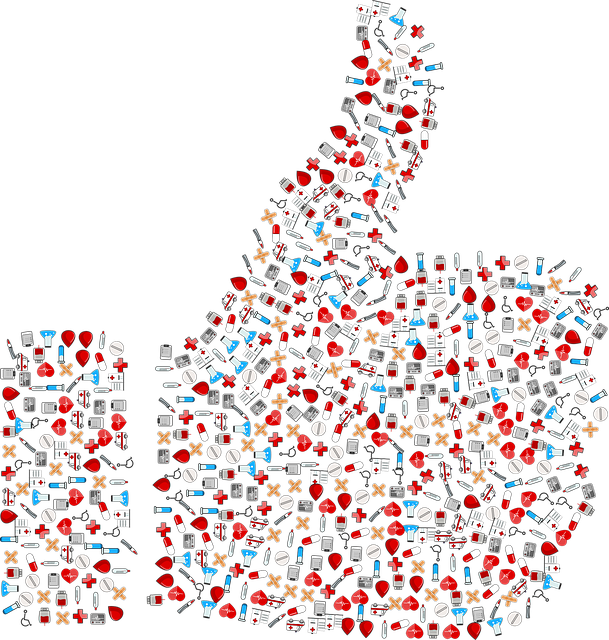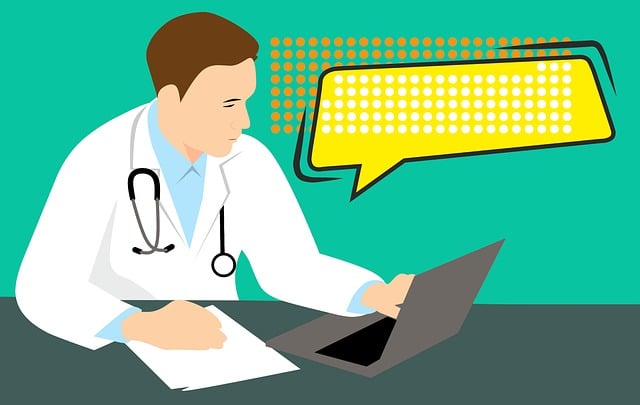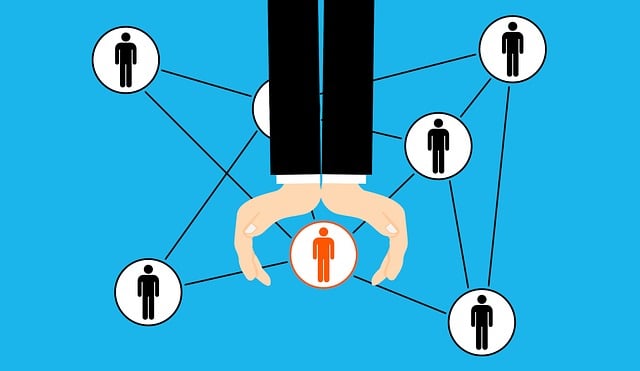Category: Medical Aid Vs Health Insurance
Medical Aid Vs Health Insurance
Medical Aid vs Health Insurance: Navigating Healthcare Coverage Options
Introduction
In today’s complex healthcare landscape, understanding the distinction between medical aid and health insurance is paramount for individuals seeking appropriate coverage. This article delves into the intricate world of these two critical components of healthcare financing, aiming to educate readers about their unique features, benefits, and implications. By exploring various facets, from global trends to technological innovations, we will uncover how medical aid and health insurance shape access to quality healthcare worldwide. Through this comprehensive analysis, individuals can make informed decisions regarding their health security and contribute to the overall evolution of healthcare systems.
Understanding Medical Aid vs Health Insurance
Definitions and Core Components
Medical Aid: Refers to a system or plan that provides financial assistance for medical services, often involving direct payments or reimbursements to healthcare providers. It is typically structured as an employee benefit offered by employers or provided through government initiatives. Medical aid focuses on covering a range of medical expenses, including hospitalization, doctor’s visits, medications, and sometimes even preventive care. The key features include:
- Pre-determined coverage: Members have access to a defined set of benefits with specific limits and exclusions.
- Direct payment model: Aid is provided directly to healthcare providers or institutions after service delivery.
- Contribution-based: Individuals may contribute through payroll deductions or government allocations, depending on the scheme.
Health Insurance: Represents a form of risk management in which an individual or entity (the insured) pays a premium to an insurance company, which agrees to cover specified medical expenses if certain conditions are met. Health insurance is typically structured as contracts between policyholders and insurers, offering various coverage options tailored to individual needs. Key aspects include:
- Risk pooling: Insurers pool resources from numerous policyholders to fund claims, spreading risk and potential costs.
- Premium payments: Policyholders pay regular premiums to cover the cost of services and potential future healthcare expenses.
- Coverage customization: Policies offer customizable plans with varying levels of coverage, deductibles, and out-of-pocket expenses.
Historical Context and Significance
The concept of medical aid has its roots in early employer-sponsored welfare programs, where companies offered health benefits as an incentive to attract and retain employees. Over time, these initiatives evolved into comprehensive medical aid schemes, particularly in developed countries, ensuring access to healthcare for a significant portion of the population.
Health insurance, on the other hand, has a longer history, dating back to the 19th century when mutual insurance companies began providing coverage for specific risks, such as death or disability. With the passage of time, health insurance expanded globally, driven by increasing healthcare costs and the need for broader population coverage. Today, both medical aid and health insurance play pivotal roles in ensuring financial protection against the often substantial costs associated with healthcare services.
Global Impact and Trends
International Influence
The impact of medical aid and health insurance extends far beyond national borders, shaping global healthcare accessibility and outcomes. According to the World Health Organization (WHO), universal health coverage (UHC), a concept that incorporates elements of both medical aid and health insurance, is now a global priority. As of 2021, over 130 countries have committed to achieving UHC, recognizing its potential to reduce financial burdens on individuals and improve overall population health.
Regional Trends
- North America: The United States, with its predominantly private health insurance system, faces challenges related to affordability and coverage disparities. However, the Affordable Care Act (ACA) has significantly expanded access to insurance, leading to more stable coverage rates. Canada, with a publicly funded healthcare system heavily influenced by medical aid principles, consistently ranks highly in global health rankings.
- Europe: Many European countries have robust national health insurance systems, ensuring near-universal coverage. Germany, for instance, operates a mixed system with both public and private insurers, while the UK’s National Health Service (NHS) provides comprehensive free at the point of use care to all residents.
- Asia: The Asian Pacific region showcases diverse healthcare models. Japan has an excellent record of providing universal health coverage through a combination of government-provided insurance and employer-sponsored plans. In contrast, countries like India struggle with underinsurance due to a large informal sector and high out-of-pocket expenses.
- Africa: Access to healthcare in Africa remains a significant challenge. However, initiatives such as the African Union’s “London Call to Action” aim to strengthen health systems by increasing investment in medical aid and insurance schemes tailored to the region’s unique needs.
Economic Considerations
Market Dynamics
The medical aid and health insurance markets are dynamic and highly regulated, with constant shifts influenced by economic factors. During periods of economic growth, demand for comprehensive coverage increases, leading to expansions in both sectors. Conversely, economic downturns may result in reduced premiums and policy cancellations as individuals seek cost-saving measures.
Investment Patterns
Insurers and medical aid funds invest a substantial portion of their resources in financial markets, including stocks, bonds, and real estate. These investments are crucial for generating revenue to cover future claims and expanding services. However, they also expose these entities to market volatility, requiring careful asset allocation strategies.
Cost-Shifting and Pricing
Healthcare costs have been a significant driver of insurance premiums and medical aid contributions. As healthcare expenditures rise, insurers often adjust prices to maintain financial sustainability. Similarly, medical aid schemes may increase member contributions or negotiate with providers for better rates to control expenses. This dynamic underscores the ongoing need for cost-effective healthcare delivery models.
Technological Innovations
Digital Transformation in Healthcare
Technology is revolutionizing both medical aid and health insurance sectors:
- Electronic Health Records (EHRs): EHR systems streamline patient data management, enabling more efficient claims processing and improved continuity of care.
- Telemedicine: Remote healthcare services expand access to specialists, particularly in underserved areas, reducing the need for physical visits and associated costs.
- Mobile Health Apps: These apps empower individuals to manage their health, track medications, and schedule appointments, while also providing insurers with valuable data for risk assessment.
Telemedicine and Virtual Care
The COVID-19 pandemic accelerated the adoption of telemedicine, offering cost-effective alternatives to traditional in-person visits. Many medical aid schemes and insurance companies have embraced telemedicine, allowing members to access a range of healthcare services remotely, thereby reducing travel costs and potential exposure to infectious diseases.
Blockchain and Smart Contracts
Blockchain technology has the potential to transform healthcare data management, making it more secure and transparent. Smart contracts, based on blockchain, can automate insurance processes, such as claims settlement, reducing administrative burdens and potential fraud. This technology also facilitates secure data sharing between providers, patients, and insurers.
Benefits and Challenges
Advantages
- Financial Protection: Both medical aid and health insurance provide financial security by covering a portion of healthcare expenses, preventing catastrophic costs from becoming financially devastating.
- Access to Care: They increase access to healthcare services, ensuring that individuals can seek treatment without immediate concerns about affordability.
- Prevention and Wellness: Many plans incorporate preventive care incentives, encouraging healthy behaviors and early disease detection.
Challenges
- Cost of Coverage: Expensive healthcare systems, combined with increasing costs of living, make it challenging for individuals and governments to afford adequate coverage for all citizens.
- Coverage Gaps: Despite efforts towards universal coverage, significant gaps remain, particularly in low-income regions, leaving many uninsured or underinsured.
- Regulatory Complexity: The regulatory environment surrounding medical aid and health insurance can be complex, hindering innovation and efficient service delivery.
- Data Privacy Concerns: As technology advances, protecting sensitive healthcare data becomes increasingly critical, requiring robust cybersecurity measures.
Towards a More Integrated Approach
The future of medical aid and health insurance may lie in greater integration, leveraging technology and data analytics to improve efficiency and accessibility. Here are some potential directions:
- Integrated Digital Platforms: Developing user-friendly platforms that combine medical aid, health insurance, and healthcare provider networks can simplify service access and claims processing.
- Personalized Medicine: Utilizing individual health data, including genetic information, enables more precise risk assessment and tailored coverage options.
- Risk Pooling at Scale: Expanding global risk pools could help reduce costs and provide coverage for populations with unique or rare medical conditions.
- Public-Private Partnerships: Collaboration between governments, insurance companies, and healthcare providers can lead to innovative solutions and improved service delivery.
Conclusion
Medical aid and health insurance are indispensable components of modern healthcare systems, ensuring financial protection and access to essential services. As global populations age and demand more complex care, the challenge lies in adapting these systems to meet evolving needs while maintaining financial sustainability. By embracing technological advancements, fostering collaboration, and learning from international experiences, we can work towards building stronger, more resilient healthcare infrastructures worldwide.
Unraveling South Africa’s Healthcare: Medical Aid vs Health Insurance

In South Africa, Medical Aid and Health Insurance cater to different healthcare needs. Medical Aid i…….
South Africa’s Healthcare Evolution: Decoding Medical Aid vs Health Insurance Trends

In South Africa, the healthcare landscape is evolving as medical aid and health insurance merge due…….
Unraveling SA’s Healthcare: Medical Aid vs Health Insurance Options

In South Africa, understanding the distinction between Medical Aid and Health Insurance is essential…….
Unraveling SA’s Healthcare Landscape: Medical Aid vs. Health Insurance

Distinguishing between Medical Aid and Health Insurance is crucial for South Africans seeking health…….
Unlocking South Africa’s Healthcare: Navigating Medical Aid vs. Health Insurance

Medical Aid and Health Insurance are distinct healthcare options in South Africa. Medical Aid, a pri…….
Medical Aid vs Health Insurance: South Africa’s Healthcare Choices Compared

In South Africa, Medical Aid and Health Insurance are distinct healthcare protections. Medical Aid,…….
Demystifying Medical Aid vs Health Insurance: Your Simple Guide

In South Africa, Medical Aid offers comprehensive private healthcare through employer-facilitated or…….
Unraveling Medical Aid vs Health Insurance: South African Insights

Medical Aid and Health Insurance are distinct healthcare financial tools in South Africa. Medical Ai…….
South Africa’s Healthcare Landscape: Decoding Medical Aid vs. Health Insurance

In South Africa, Medical Aid and Health Insurance are essential for accessing healthcare, each with…….

